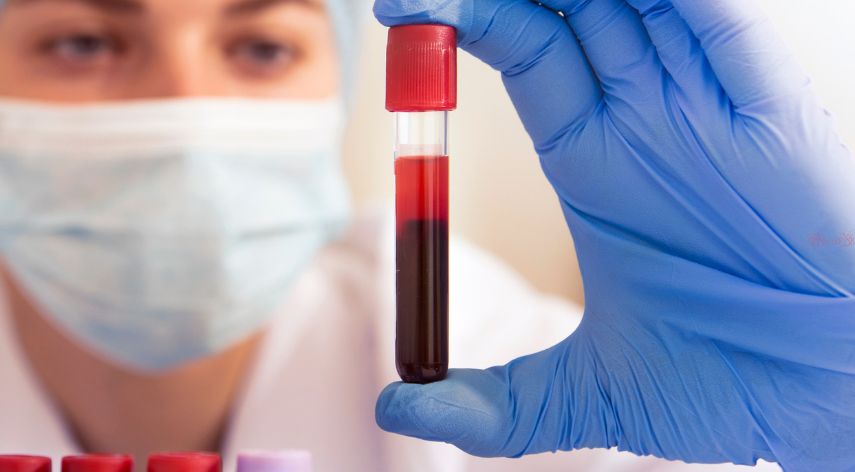Magic of an ayurvedic hair color
The benefits of chemical-free hair color like henna are countless. It has been popularly used as a natural dying agent since ancient times as per Indian history. It was not only used as a natural hair dye but also as a conditioner as it offers many benefits and maintains hair and scalp health. Henna also doubles up as an ayurvedic hair color as it helps in keeping the scalp free from bacterial and microbial attacks and promotes hair growth.
Henna has only two attributes which can be categorized as ‘cons’. The first is that it leaves a mildly pungent smell, especially when applied thoroughly and in abundance. The second is the orangish stain that it leaves on light-colored hair. This orangish stain can be easily recognized by anyone who has the basic knowledge about how henna is used as a chemical-free hair color. However, both these issues can be easily resolved.
Most of the time when the organic henna powder is used, it is not used alone. It is most often used in conjunction with such other ingredients that are used to enhance the various benefits henna has to offer. Some of such ingredients are amla powder, shikhakai, bhringraj, olive oil, and indigo powder, including others.
Some ingredients which add to the enrichment offered by henna are:
- Indigo Powder for Hair
Indigo has many medicinal uses along with its ability to color up the hair. Indigo leaves a bluish tint to the hair. When mixed in varying proportions with henna, it gives varying shades of brown. The intensity of the color desired can be achieved by increasing or decreasing the proportion of indigo powder. Indus valley’s organic indigo powder for hair is a triple-sifted, micro-fine Rajasthani Indigo powder that is extremely easy to work with as it does not form lumps while applying on hair.
- Coffee and Henna
Coffee helps in improving the texture and look of hair. Apart from naturally enriching the color stain left by henna, it facilitates hair growth, makes hair shinier and smoother, and evades the smell of henna. Add warm water, 5 tsp of henna, and 1-2 tsp of coffee in a container and mix until it turns into a thick paste. Leave overnight and apply the next morning. Leave on for 3 hours and rinse with water. Shampoo if needed.
- Amla Powder and Henna
Amla or Indian Gooseberry when combined with henna, is known to darken the color of henna. It can also be used together with indigo powder and henna as it helps make indigo powder last longer on the hair. Make amla water and mix it with 3 tbsp of henna, 4 tsp of lemon juice, and coffee make a paste. Apply as directed.
The benefits of Indus Valley’s bio-organic henna are truly manifold. Organic henna powder conditions your hair and enhances hair color. It protects the scalp from external threats and repairs damaged hair.
The combination of Indus Valley’s bio-organic henna powder and its bio-organic indigo hair powder is one such combination that makes for chemical-free hair color, coming with such packaged benefits that are just too good to say no to. Even though the smell of organic henna powder can be removed by simply washing the hair, if it persists, you can use ginger powder while making the paste or 10-15 grams of thinly chopped ginger to make ginger water and rinse hair with this mixture after removing henna.
Henna’s multi-cultural and inter-continental popularity comes especially from its 100% organic hair color version that is also chemical-free hair color. It doesn’t just make the hair shinier and softer but also protects the hair from conditions like hair fall, split ends, dandruff, and the manifestation of bacteria.
Recommended For You
Spread the love Health screening is a vital part of preventive healthcare which plays a crucial role in the maintenance
Spread the love Sexual health is an essential aspect of personal well-being. If you’re based in London and need STI
Spread the love In today’s fast-paced world, managing your health effectively is more important than ever – especially for those



